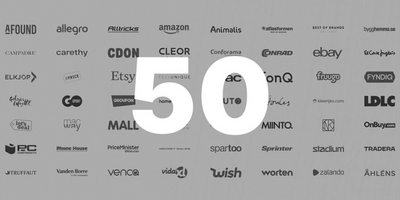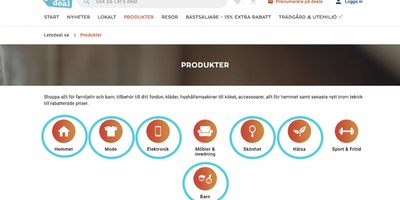E-commerce myths (part 5)
Sello debunks some of the most common e-commerce myths. In the coming weeks, we will take a look at some of e-commerce’s most stubborn myths and misconceptions and their respective realities.

2020-05-20
By Alexander Westerdahl
MYTH: I DON’T NEED MY WEBSITE TO BE MOBILE FRIENDLY
Mobile-friendliness is more or less a must nowadays, in fact, mobile device browsing now far surpasses desktop browsing, and this is something that is unlikely to halt any time soon.
It is said that mobile traffic officially surpassed desktop traffic on the internet as early as late 2016, so if you haven’t got a mobile version of your site, it’s high time to get one.
But just having a mobile-friendly site is not enough, it also has to perform well. If your site performs poorly when browsed using a mobile device, chances are that the customer will look elsewhere.
There are many compelling reasons as to why you should be working on having a mobile version of your site, that also performs well, and one of the most convincing ones is that out of all the factors looked at by Google when deciding how to rank your website on search engines, mobile usability is ranked as the third most important of all the factors.
So if the fact that Google now favors sites that are optimized for mobile over desktop versions, isn’t enough to convince you to start working on making your site mobile friendly as soon as possible, I don’t know what is.
Back in 2017, it was predicted that by the end of 2019, mobile would account for 79% of all web traffic. This could mean that people are looking at the desktop version of your website only 20% of the time.
And if your site doesn’t work well or look right on a mobile device some studies have show that people will simply stop visiting it in favor of a site that provides a better mobile experience.
Some of the things you can look at to make your site more mobile-friendly includes: responsiveness regardless of what device is used to browse it, making all vital information that customers might need easy to find, having an appropriate size of fonts and buttons and making sure to keep loading times down on your site. High-quality images and CSS are two of the most common culprits that might slow things down, and mobile devices are especially susceptible to this.
Finally, testing the mobile version of your site is a good idea. Luckily, there are tools that can help with this by testing your site’s mobile-friendliness, such as the Google Mobile-Friendly Test.









































































